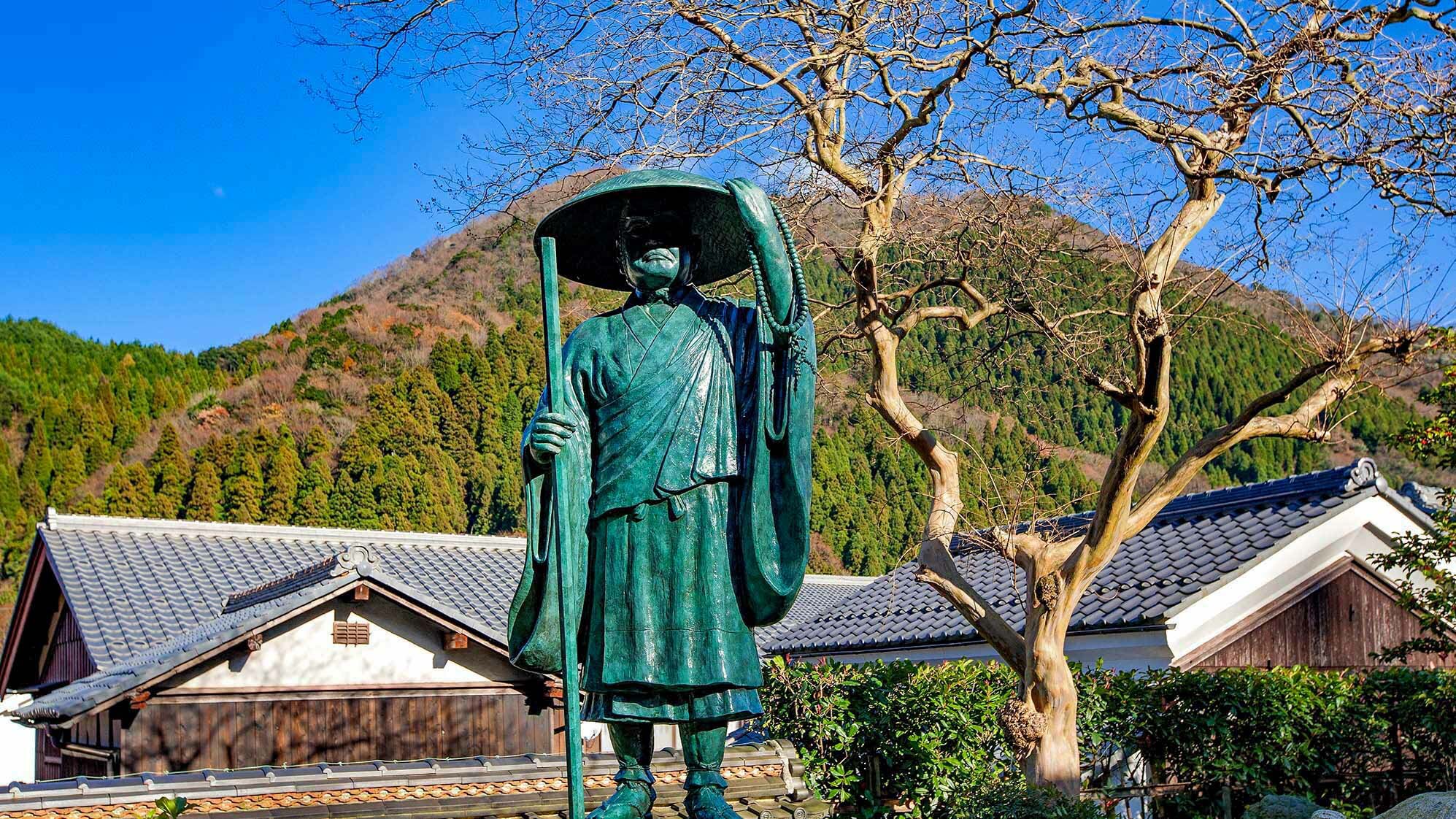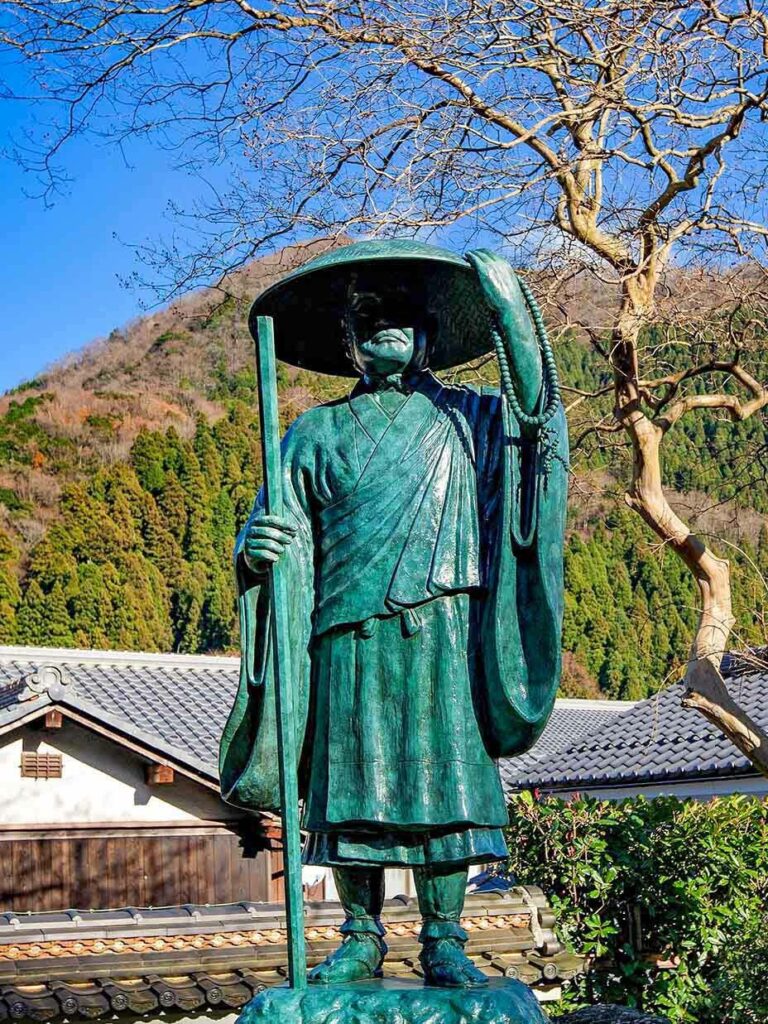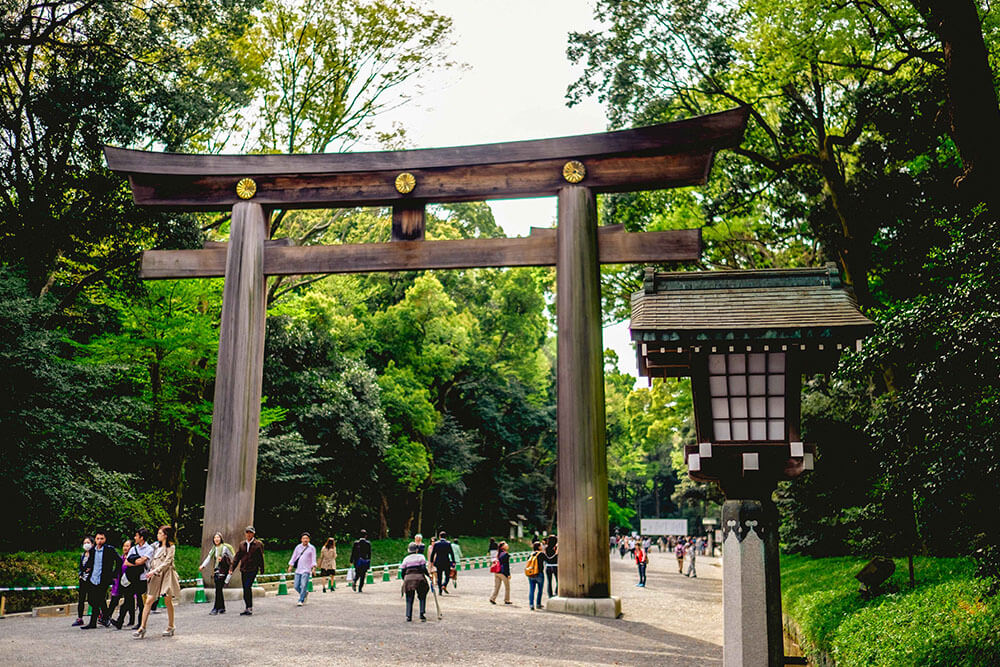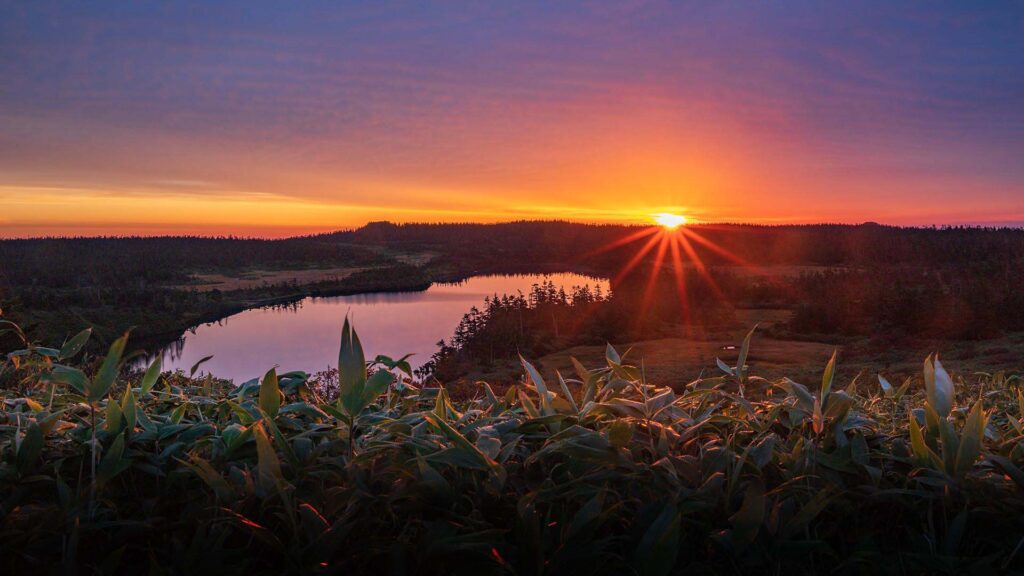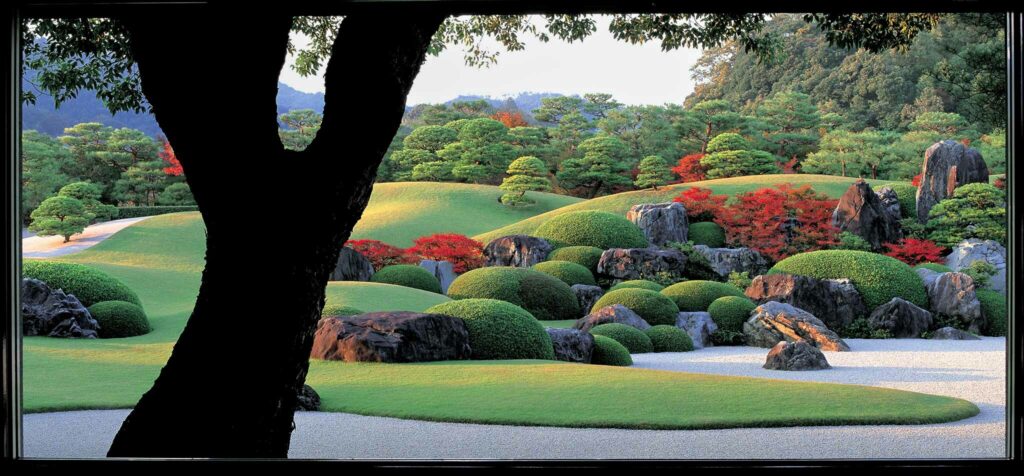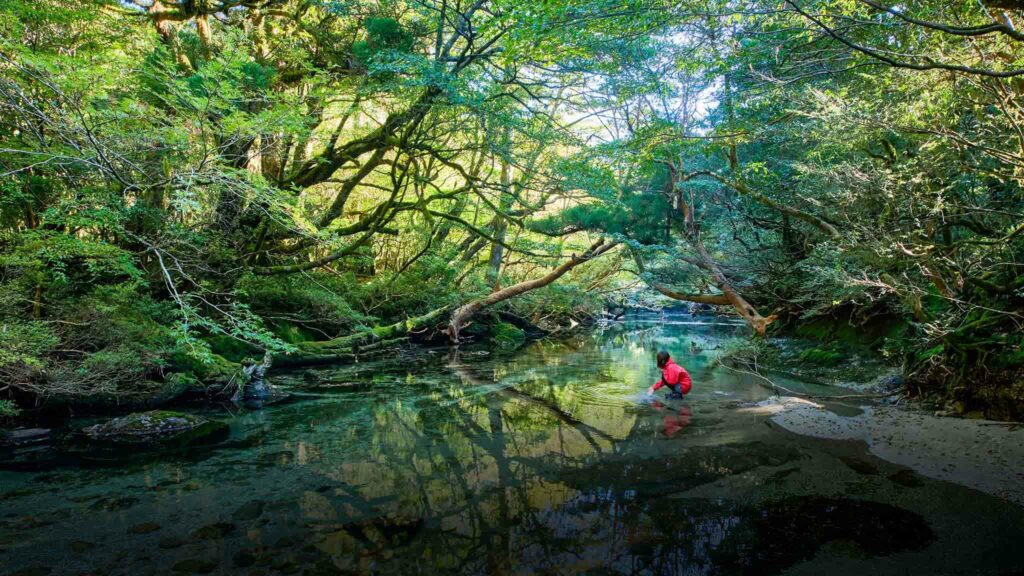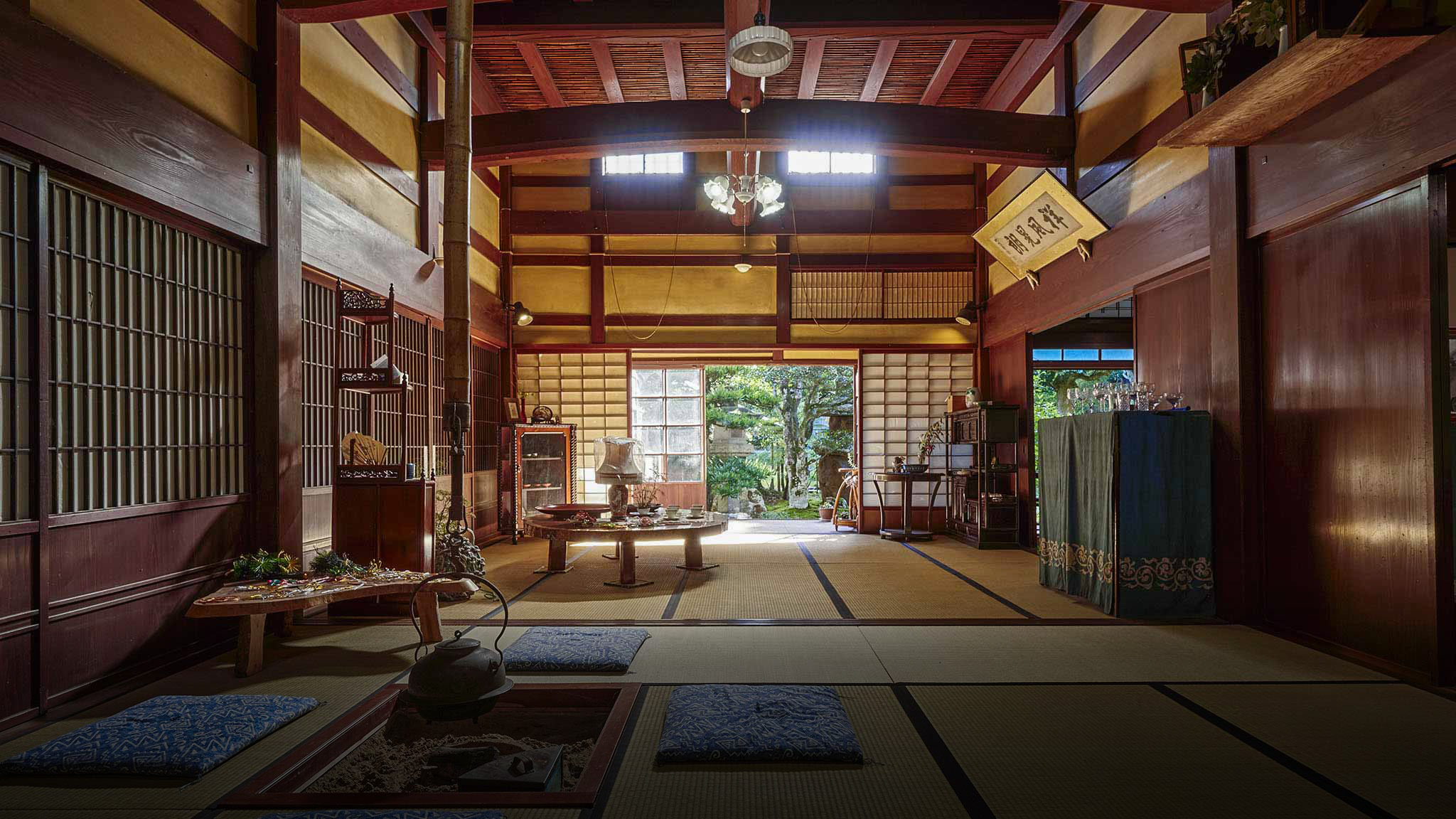
A Taste of Culture
Embark on a journey of discovery in Hokuriku, where the essence of its rich heritage unfolds through cultural experiences and
Hokuriku ![]()
Located on the opposite coast from Tokyo, the four prefectures of the northwestern Hokuriku region line the shores of the Sea of Japan. While the capital boasts a number of fascinating dining and cultural experiences—from the narrow and atmospheric streets of Golden Gai to the Kuramae artisan district’s living traditional craftsmanship—Hokuriku opens the doors to Japan’s diverse culinary traditions and showcases delicacies sourced from the sea.

Bounty of the Sea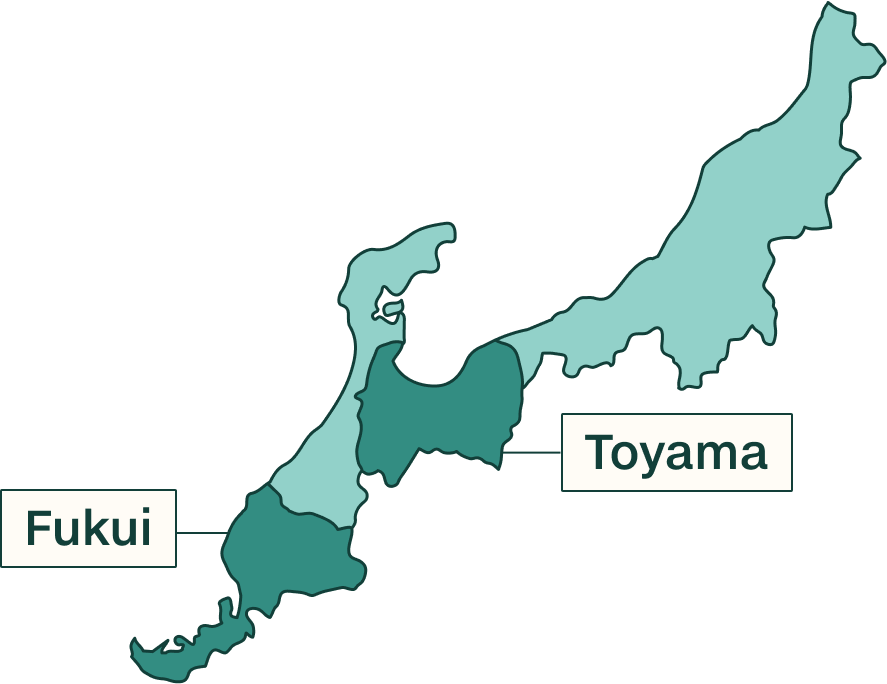
With four coastal prefectures, Hokuriku has strong ties to the sea and the many culinary treasures found within its depths. In Toyama Prefecture, Toyama Bay is a prized seafood destination due to its broad variety of fish and shellfish, as well as its proximity to the region’s nearest ports, ensuring the freshest catches. The bay reaches depths of up to 4,101 feet (1,250 meters), hosting both warm and cold-water species, including rare bioluminescent firefly squid and glass shrimp.
This treasure trove of aquatic ingredients has given rise to the delicacy known as Toyama Bay Sushi, known for its exceptionally fresh selection of seafood, which is further enhanced by Toyama-grown rice. This grain is grown using clear, mineral-rich water that makes its way down from the almost 10,000-foot-high (about 3,000 meters) peaks of the Northern Japanese Alps and Tateyama Mountain Range.

Another ocean delicacy—salted mackerel—can be found in Fukui Prefecture’s Obama City, and is so vital to the region that many historic travel routes between the ancient capitals of Nara and Kyoto have collectively been named Saba Kaido, or ‘Mackerel Road’. For many years, Obama Port served as a hub to the Asian continent and as a cultural gateway, communicating Buddhist traditions, arts, and literature between the regions.
Several shrines and temples can still be found along the ancient Saba Kaido, including Myotsuji Temple, a Buddhist temple founded in the 9th century. Enveloped in deep forests in the mountains of Obama, it houses several National Treasures, including a three-tiered pagoda that can only be entered on special occasions.


Legacy of Cultural Exchange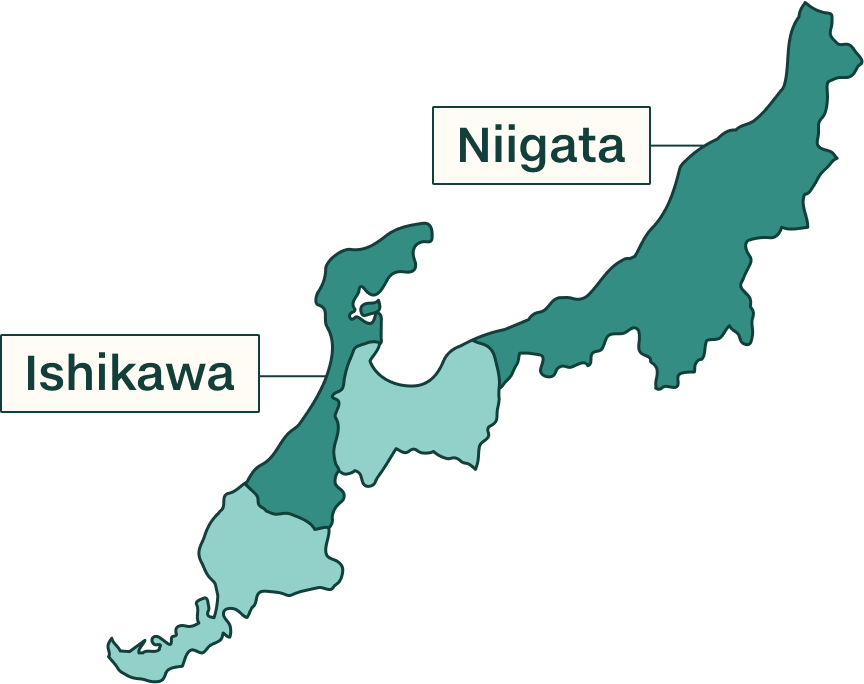
Hokuriku’s famed culinary culture was formed in part due to the influence of the so-called kitamaebune ships. Translating to ‘northern-bound boats’, these trade vessels traveled across the Sea of Japan from the mid-1600s to the early 1900s. They went back and forth between Hokkaido and Osaka, stopping at many harbors along the way. They not only spread domestic culture between the regions through the exchange of goods, food, and crafts, but also intangible cultural heritage such as folk songs.
One of the many travel hubs along the kitamaebune route was Ishikawa Prefecture’s Kaga Hashitate, where ship owners, shipwrights, and many others related to the kitamaebune routes lived. This made Kaga Hashitate one of the most prosperous areas in the region—maybe even in Japan—at the time, and that legacy is still visible when walking through the town’s meandering streets.
The Hashitate District boasts several well-preserved wooden mansions formerly owned by ship owners and other wealthy individuals, and are easily spotted by their distinctive red-tiled roofs. A visit to the Kitamaebune Ship Museum in the area is a must to learn more about this rich history. The museum itself is housed inside a large mansion where you can see the luxurious lacquered wood accents up close. Hashitate Fishing Port is still active today, and brings in some of Japan’s most delectable catches: snow crab and sweet shrimp.

Kitamaebune Ship Museum image credit: Kaga City Tourism Exchange Organization.
Further north in Niigata Prefecture’s capital of Niigata City, Furumachi also showcases a wealth of Hokuriku’s kitamaebune culture. Much like Hashitate, the district flourished during the golden age of the kitamaebune trade routes, and the townscape remains much like it was 200 years ago, with traditional residences and historic buildings lining the streets.
During its heyday, Nabejaya Street, located within Furumachi, attracted sailors and merchants from all over Japan to its geisha quarter. Today, visitors can experience captivating performances by geigi (as geisha are known in this region) at venues in the area. Nabejaya Street is also an ideal destination to sample some of Niigata’s finest seasonal fare, which can be found at one of the many fine kappo establishments—restaurants that serve omakase-style meals.


From ancient paths to seafaring trading routes, Hokuriku has long been both a desirable sightseeing destination and an important cultural exchange center in Japan. Today, the region has even more magnificent places to explore and gourmet experiences to enjoy, making a visit to Hokuriku a must for those expanding their horizons beyond Tokyo.
![]() How to Get There
How to Get There
Getting from Tokyo to many of Hokuriku’s wonderful destinations is easy, with options both by rail and air.
Depending on the prefecture, a domestic flight with ANA or JAL from Haneda International Airport to Hokuriku only takes about 1 hour. Both airlines regularly offer promotions for international tourists, and their focus on omotenashi—the Japanese style of hospitality of anticipating the needs of customers and providing thoughtful service—ensures travelers continue to experience the essence of the destination while exploring the country.
For those who prefer to stay on the ground, a bullet train can get you to Kanazawa (Ishikawa) or Toyama in approximately 2 to 2.5 hours. The Hokuriku Shinkansen line will be extended from Kanazawa to Tsuruga (Fukui) in spring 2024, making the journey from Tokyo to Fukui even easier without the need to change trains. Make the most of your trip by exploring several prefectures within the region using West Japan Railway Co.’s extensive network, which will get you to most areas efficiently and quickly. West Japan Railways also operates the Hanayome Noren sightseeing train in Ishikawa Prefecture between Kanazawa and Wakura Onsen on the Noto Peninsula, and during the ride, visitors can enjoy the coastal scenery paired with on-board meals.
Learn more about other journeys
